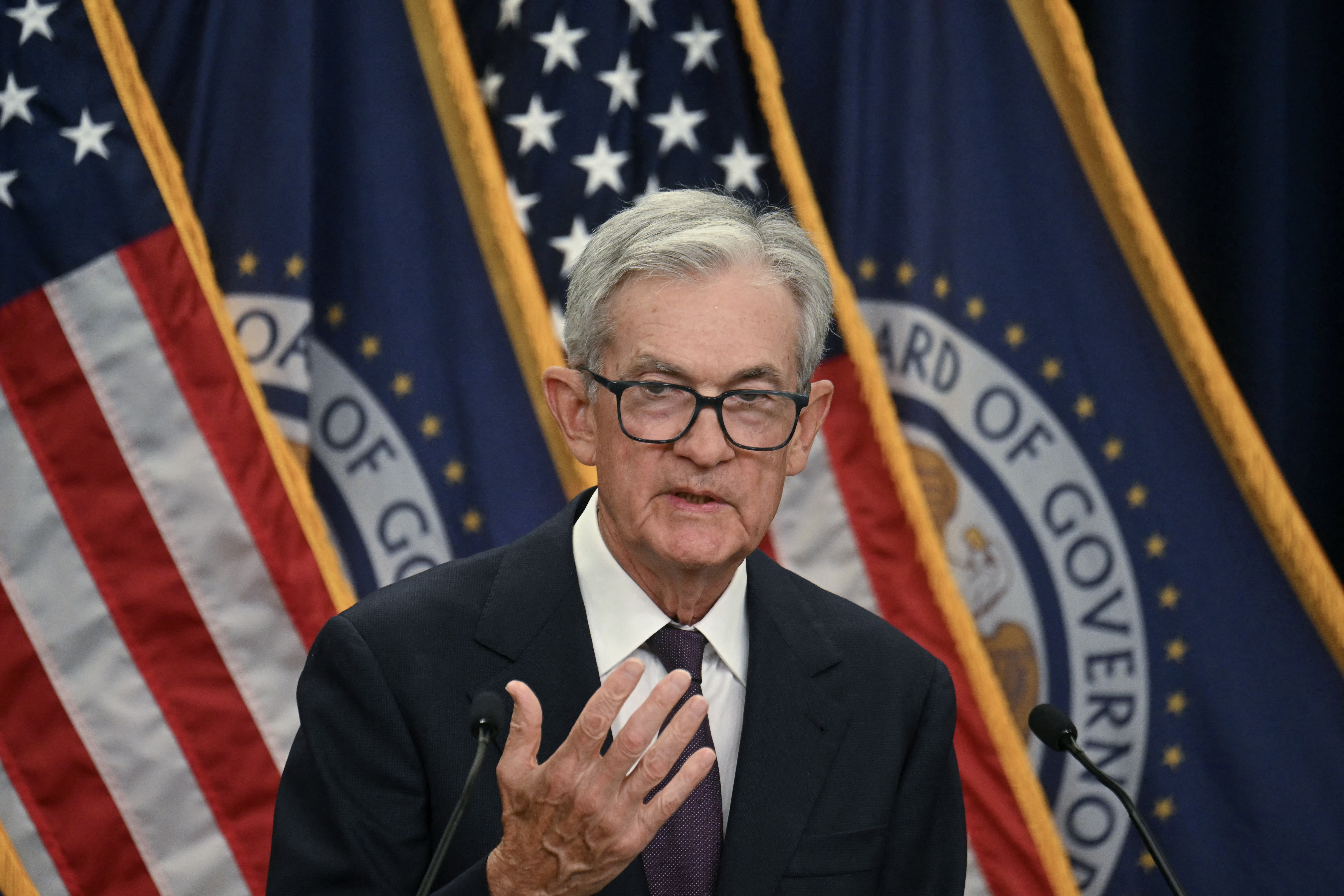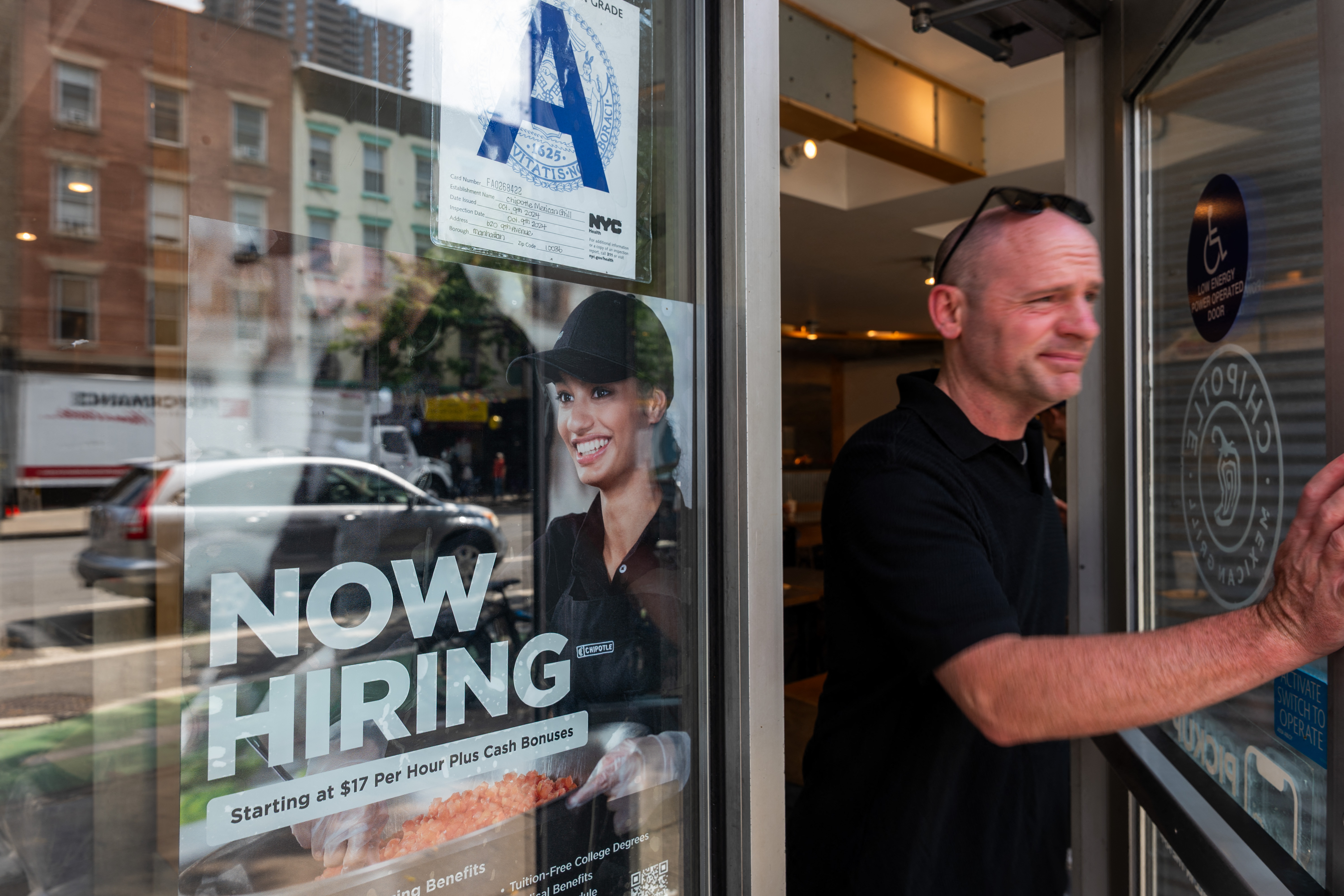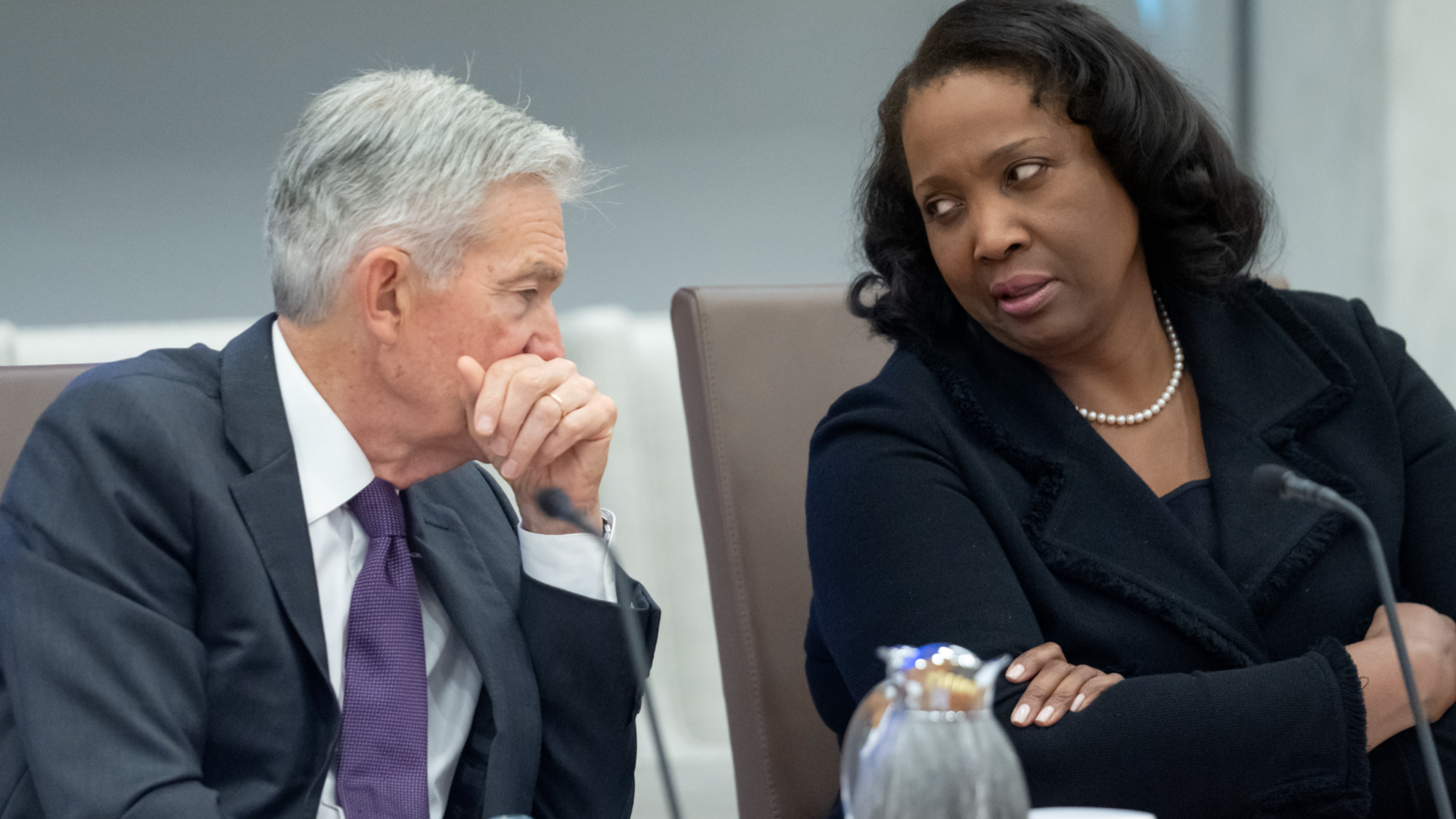
WASHINGTON - The Federal Reserve, goaded by the risk of rising unemployment, reduced interest rates on Wednesday for the first time since December and indicated more cuts would follow to halt any slide in a labor market already experiencing higher joblessness among Blacks, a declining workweek, and other signs of weakness.
The decision moves in a direction called for by President Donald Trump, but falls far short of the steep cuts in borrowing costs that he has demanded - and which were apparently penciled into projections submitted by new Fed Governor Stephen Miran, who cast the only dissenting vote.
Fed Chair Jerome Powell, speaking in a press conference after the US central bank lowered its benchmark interest rate by a quarter of a percentage point to the 4.00 percent-4.25 percent range, and indicated more cuts would follow at meetings in October and December, said the softening job market was now top of the mind for him and his fellow policymakers.
"There are no risk-free paths ... It's not incredibly obvious what to do," Powell told reporters at the end of a two-day policy meeting. "We have to keep our eye on inflation at the same time, we cannot ignore ... maximum employment."

Powell said he believes the recent pace of job creation is running below the break-even rate needed to hold the unemployment rate constant, and that with businesses doing very little hiring overall, any increase in layoffs could quickly feed into higher unemployment.
"You see minority unemployment going up. You see younger people ... more susceptible to economic cycles ... in addition to just overall lower payroll job creation that shows you that at the margin, the labor market is weakening. ... We don't need it to soften anymore," he said.
ALSO READ: US Fed seen on track for rate cuts as job worries eclipse inflation fears
Powell's comments cap a steady shift in tone that began over the summer as Fed officials concluded that the higher import tariffs imposed by the Trump administration would not lead to persistent inflation, with faster price increases expected through the end of the year but price pressures also expected to fade after that time even as monetary policy becomes looser.
At the same time, signs of job market weakness began to accumulate, with payroll growth nearing stall speed.
Meeting marked by political drama
The decision to cut rates came with no shortage of political drama, with Trump trying to fire Governor Lisa Cook in a so-far unsuccessful effort to open another seat on the Fed's Board of Governors for him to fill, and appointing Miran, who is on leave from his job as head of the White House's Council of Economic Advisers, to an open position that may only last until the end of January.
Miran was sworn in on Tuesday before the meeting started, and dissented against the policy decision in favor of a larger half-percentage-point rate cut. He also seems to have submitted a year-end rate projection implying he supports further half-percentage-point cuts in the meetings ahead, with the policy rate dropping below 3 percent. The interest rate "dots" are not associated with policymakers by name, but new projections showed one forecast far below the others that analysts promptly attributed to Miran.

Concerns that Trump's interference with the Fed - through constant criticism over its rate policy, the appointment of a White House insider to the Fed board and the president's effort to fire Cook - would yield signs of outsized political influence appear to have been overblown for now.
Two other Trump appointees to the central bank's board - Fed Vice-Chair of Supervision Michelle Bowman and Governor Christopher Waller - joined the wider consensus after dissenting just one meeting earlier.
ALSO READ: US appeals court says Trump can’t fire Cook before Fed meeting
Waller in particular has been arguing for greater focus on the job market since the summer, a concern that others on the Fed's policy-setting committee have come to share as data indicated weaker hiring and which is now reflected in the policy statement.
"It's deeply in our culture to do our work based on the incoming data and never consider anything else," Powell said in response to questions about the Fed's ability to maintain its independence in setting interest rates. "There wasn't widespread support at all for a 50-basis-point cut today."
'Weighting the labor market more'
Even with inflation expected to end the year at 3 percent, well above the central bank's official 2 percent target, Fed policymakers "deemed that the downside risk to employment has increased, and therefore it would seem that they are weighting the labor market more than the higher inflation that they noted in their projections," said Ellen Hazen, chief market strategist at FL Putnam Investment Management.
Powell said it was not so much the initial cut that will matter to the economy, but the broader sense of a rate path that moves slightly faster to a stopping point about a quarter of a percentage point lower than officials communicated in their projections in June.
The rate-path views are not commitments, Powell said, with higher inflation still a risk and the central bank now in a "meeting-by-meeting situation" when it comes to further rate reductions.
But "I do think the Fed will ultimately keep moving towards neutral," even at the expense of slightly higher inflation through 2026, said Christopher Hodge, chief US economist at Natixis.
READ MORE: Fed cut would relieve Asia as it grapples with tariffs, ADB says
New economic projections released by the Fed showed policymakers at the median still see inflation ending this year at 3 percent, well above the central bank's 2 percent target, a projection unchanged from the forecasts in June. The projection for unemployment was also unchanged at 4.5 percent and the one for economic growth slightly higher at 1.6 percent versus 1.4 percent.
Stocks briefly rose after the release of the policy decision and projections before turning lower and closing mixed, while the dollar was modestly higher against a basket of major trading partners' currencies. Treasury yields were little changed and rate futures markets saw more than a 90 percent probability of another rate cut at the Fed's next meeting in late October.
Among those voting in favor of the policy decision was Cook, who attended the meeting despite Trump's effort to fire her and after two courts supported her challenge of his attempted dismissal.


